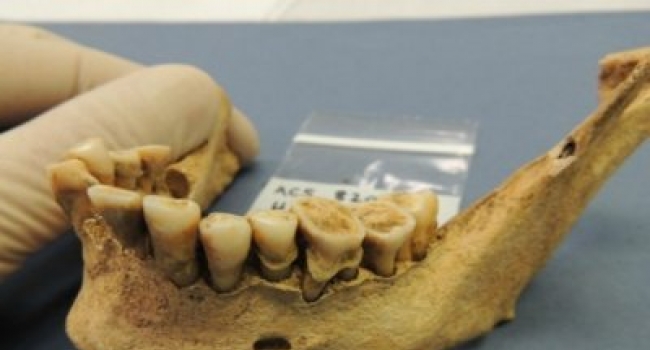- Latest news▼
-
11:08, April 25 Mpox epidemic declared in Republic of the Congo

-
08:31, April 25 OU: quitting smoking 4 times more likely to cure laryngeal cancer

-
01:20, April 25 Paralyzed man in China writes hieroglyphs using neural implants placed in his brain

-
15:11, April 24 Zombie deer disease possibly linked to hunters’ deaths

-
12:27, April 23 Appetite: Scientists found out the secret to the appeal of large portions of fast food

-
10:33, April 23 Scientists test new approach to fighting viruses

-
08:38, April 23 Ketamine may help with postpartum depression

-
22:12, April 22 Unhealthy amount of sugar found in baby food products of a well-known brand

-
19:41, April 22 Air pollution puts health of more than 1.6 billion workers globally at risk

-
17:25, April 22 Scientists found baked goods and lack of sleep to be more dangerous than alcohol

-
16:02, April 22 342 cases of measles recorded in Armenia so far in 2024

-
15:29, April 22 BrainStimulation: electrical brain stimulation alleviates anxiety and depression in the elderly

-
08:27, April 22 Cognitively stimulating jobs in midlife could lower dementia risk in old age, study finds

-
20:37, April 21 Environmental Health Perspectives: Microplastics ingested with food and water can spread from the gut to the brain

-
22:41, April 20 Scientists develop new method to safely stimulate immune cells to fight cancer

All materials
Isotopic analysis of teeth may identify starvation in victims of the Great Irish Famine

Isotopic analysis of teeth may identify signs of starvation in human tissues from 19th century Irish workhouse residents, according to a study published August 10, 2016 in the open-access journal PLOS ONE by Julia Beaumont from the University of Bradford, United Kingdom, and colleagues.
To investigate dietary and physiological changes during the Great Irish Famine of the 19th century, the authors of the present study analyzed the carbon and nitrogen isotope ratios of one tooth from each of 20 Kilkenny Union workhouse residents in Ireland, including some who died in childhood. The authors compared the dentine collagen in tiny sections of the teeth, which represents diet at the time of tooth growth, with bone collagen from ribs, which represents the final few years of life, and historical records on food availability at the time.
The researchers' isotopic analysis not only recorded the expected dietary change from potatoes to maize which, according to historical records, was imported from America to provide relief during the famine, but it also revealed prolonged nutritional and other physiological stress resulting from insufficient sustenance during childhood.
This study shows that incremental dentine collagen isotope analysis may identify periods of physiological stress such as famine in both adult and juvenile skeletons if it occurred during tooth development. These findings may have forensic and archaeological applications for the identification of populations and individuals for whom nutritional stress may have contributed to their death, though further research is needed to refine the method of aging the incremental collagen.
"Our scientific analysis produces detailed dietary histories from the time when teeth are growing," said Julia Beaumont. "Because the workhouse residents were given maize as a famine relief food, we could identify a marker for starvation in the teeth formed just before the change, the first time this has been seen in dentine."
Follow NEWS.am Medicine on Facebook and Twitter
- Video
- Event calendar
- Archive
- Most read
month
week
day
- JAMA Oncology: Urine test can help rule out high-grade prostate cancer with almost 100% accuracy, study shows 1267
- Scientists grow human mini-lungs in lab 1154
- Next pandemic likely to be triggered by flu - scientists 913
- Scientists found baked goods and lack of sleep to be more dangerous than alcohol 825
- 342 cases of measles recorded in Armenia so far in 2024 782
- Scientists develop new method to safely stimulate immune cells to fight cancer 762
- Blood test can determine who is at risk of developing multiple sclerosis - scientists 759
- Cognitively stimulating jobs in midlife could lower dementia risk in old age, study finds 747
- BrainStimulation: electrical brain stimulation alleviates anxiety and depression in the elderly 691
- Unhealthy amount of sugar found in baby food products of a well-known brand 565
- Air pollution puts health of more than 1.6 billion workers globally at risk 560
- Ketamine may help with postpartum depression 546
- Appetite: Scientists found out the secret to the appeal of large portions of fast food 546
- Scientists test new approach to fighting viruses 526
- Zombie deer disease possibly linked to hunters’ deaths 414
- Find us on Facebook
- Poll





